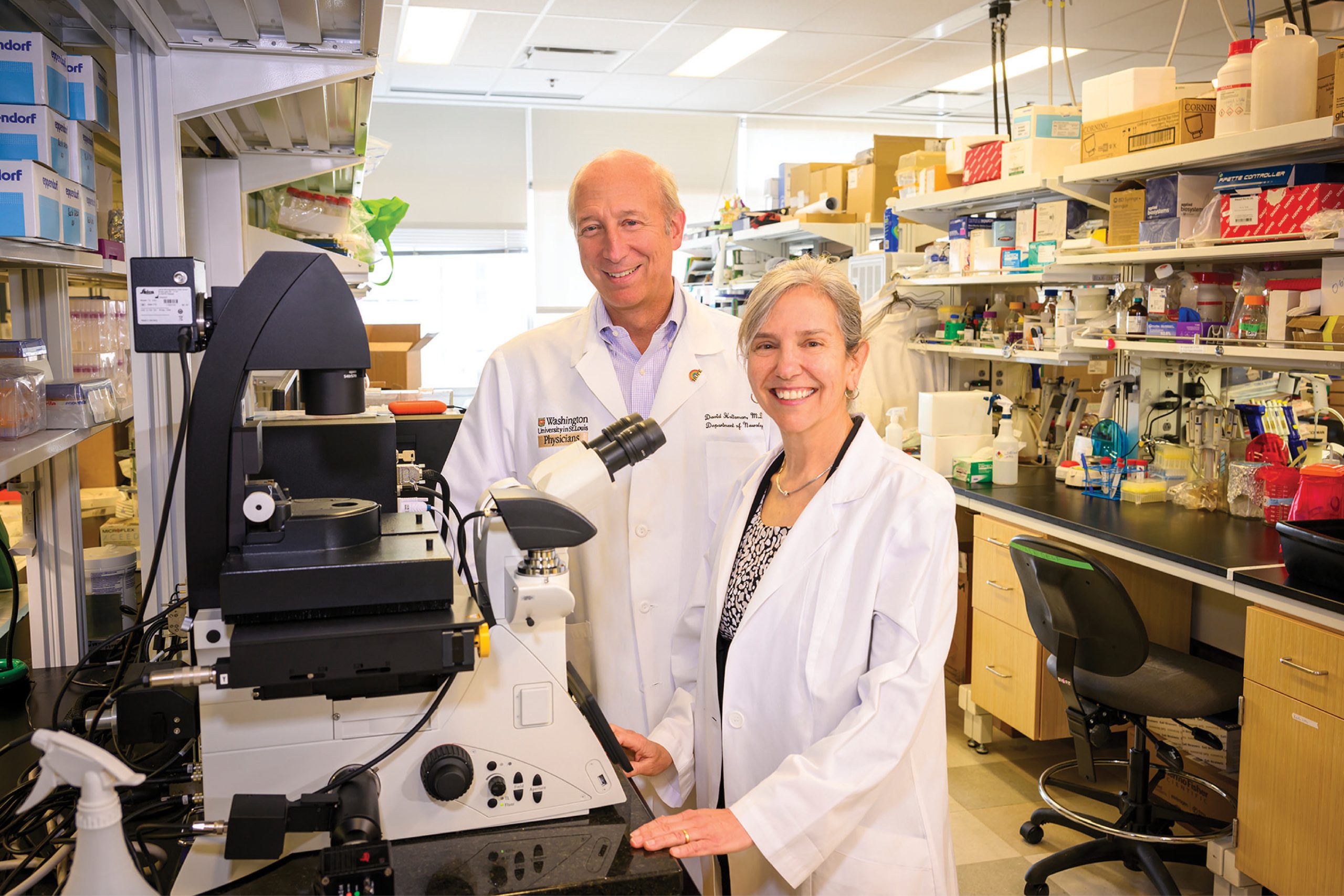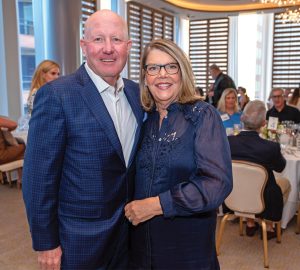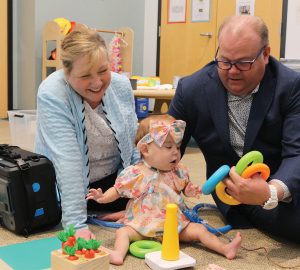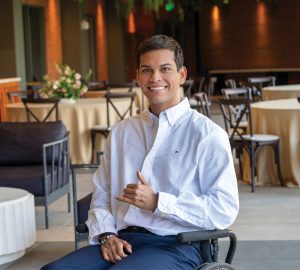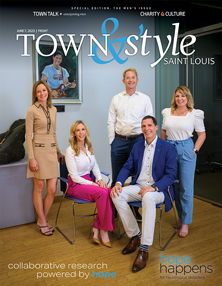 Whether it’s Parkinson’s disease, Alzheimer’s or many other conditions, more than one billion people worldwide are impacted by neurological disorders, according to the World Health Organization. It’s a staggering number, and for many of these conditions, treatments and cures have not yet been discovered. Thankfully, there is hope on the horizon. Innovative research into neurological disorders is being done right here in St. Louis. It is the mission of Hope Happens for Neurological Disorders to ensure that these scientific breakthroughs can translate into effective therapies and even cures.
Whether it’s Parkinson’s disease, Alzheimer’s or many other conditions, more than one billion people worldwide are impacted by neurological disorders, according to the World Health Organization. It’s a staggering number, and for many of these conditions, treatments and cures have not yet been discovered. Thankfully, there is hope on the horizon. Innovative research into neurological disorders is being done right here in St. Louis. It is the mission of Hope Happens for Neurological Disorders to ensure that these scientific breakthroughs can translate into effective therapies and even cures.
Hope Happens was founded in 2002 by Christopher Hobler and his family after he was diagnosed with ALS. In November of 2004, the nonprofit partnered with Washington University School of Medicine to launch the Hope Center for Neurological Disorders. “The Hope Center brings together leading scientists and clinicians with a collective focus on neurological repair,” explains Melissa Sorensen, director of communications for Hope Happens. “With neurological disorders, there are a lot of commonalities. If you’re looking at something related to Alzheimer’s, it may also be useful for treating traumatic brain injury. Research in isolation can only take you so far, so the Hope Center was created to facilitate collaboration.”
While the Hope Center does receive grants and other funding, the money raised by Hope Happens is especially important. The nonprofit’s support comes without stipulations or restrictions, so funds can be used in whatever way will offer the biggest impact. This includes allowing researchers to investigate more than one neurological disorder. “Our funding can go to promising new researchers who may not yet be eligible for grants, or a clinician may use it to go in a new direction and explore something off the beaten path,” director Wendy Chromoga explains. “We provide greater flexibility, which is essential to getting to the finish line.”
The support the Hope Center receives from Hope Happens has tangible results. Along with the Hobler family, the nonprofit helped establish the Christopher Wells Hobler Lab for ALS Research at Washington University School of Medicine with Dr. Timothy Miller as director. “Dr. Miller’s decades-long research focus on ALS and possible therapies recently led to a landmark achievement: Tofersen,” explains Anneliese Schaefer, J.D., Ph.D., the Hope Center’s executive director. “This drug for one form of ALS was approved by the FDA after a phase 3 clinical trial showed that it can slow and stabilize progression of symptoms. Tofersen was developed by the global biotechnology company Biogen Inc. based on Dr. Miller’s research, and he led the international clinic trials to test its safety and efficacy.”
Hope Happens relies on the support of the community to provide The Hope Center with critical funding. With more than 50 million Americans dealing with a permanent neurological disorder, it’s an important mission, and one Sorensen and Chromoga hope St. Louis will rally behind. To quote the late Dr. William H. Danforth, “The Hope Center puts together the right world-leading scientists with the right vision and the right infrastructure to mount an attack on these crippling diseases. The challenge for us all is to join the Hope Center in the pursuit of this noble cause.”
For more than 20 years, Hope Happens for Neurological Disorders has raised funds to support the Hope Center for Neurological Disorders at Washington University School of Medicine. Pictured on the cover: Board members and staff Jennifer Therien, Melissa Sorenson, Colby Schmid, Bill Hizar, Wendy Chromoga. For more information, call 314.725.3888 or visit hopehappens.org.
Cover design by Julie Streiler
Cover photo by Colin Miller of Strauss Peyton Photography
Pictured at top: Hope Center scientific director Dr. David Holtzman and executive director Anneliese Schaefer, J.D., Ph.D.
Photo: Colin Miller of Strauss Peyton





